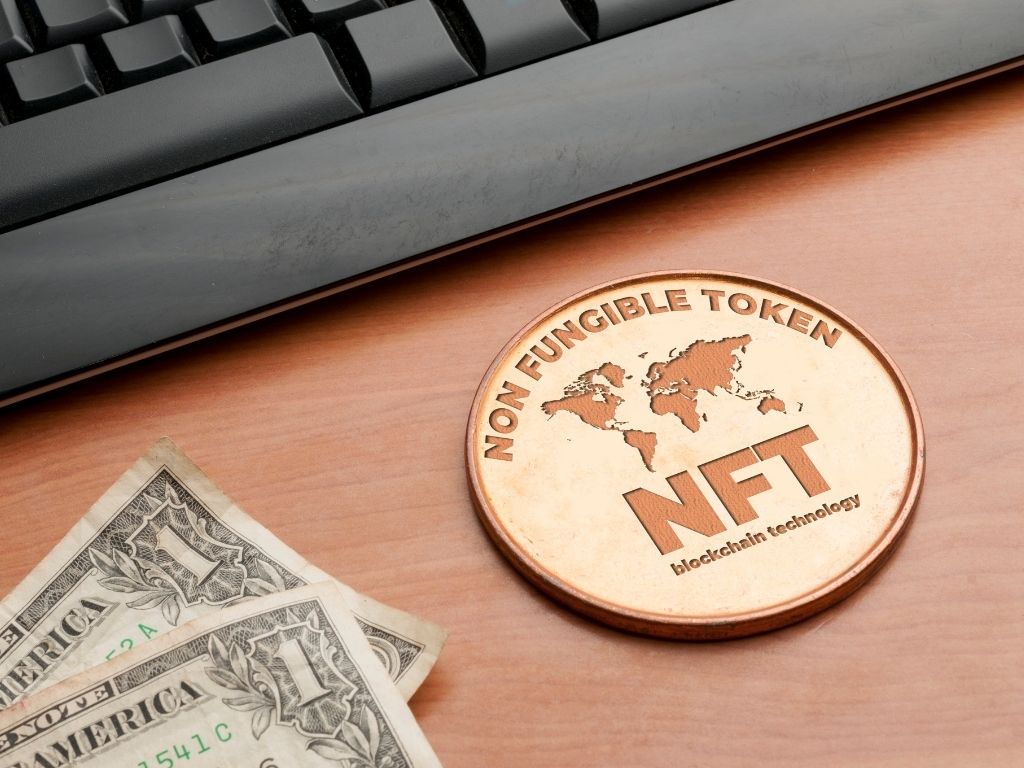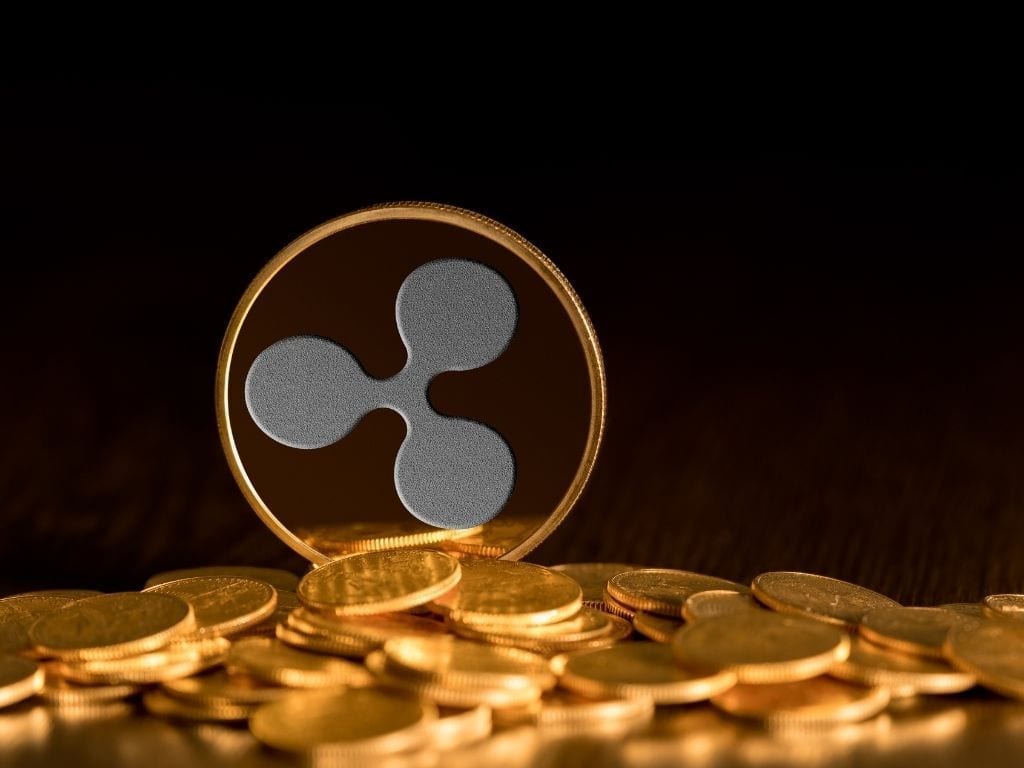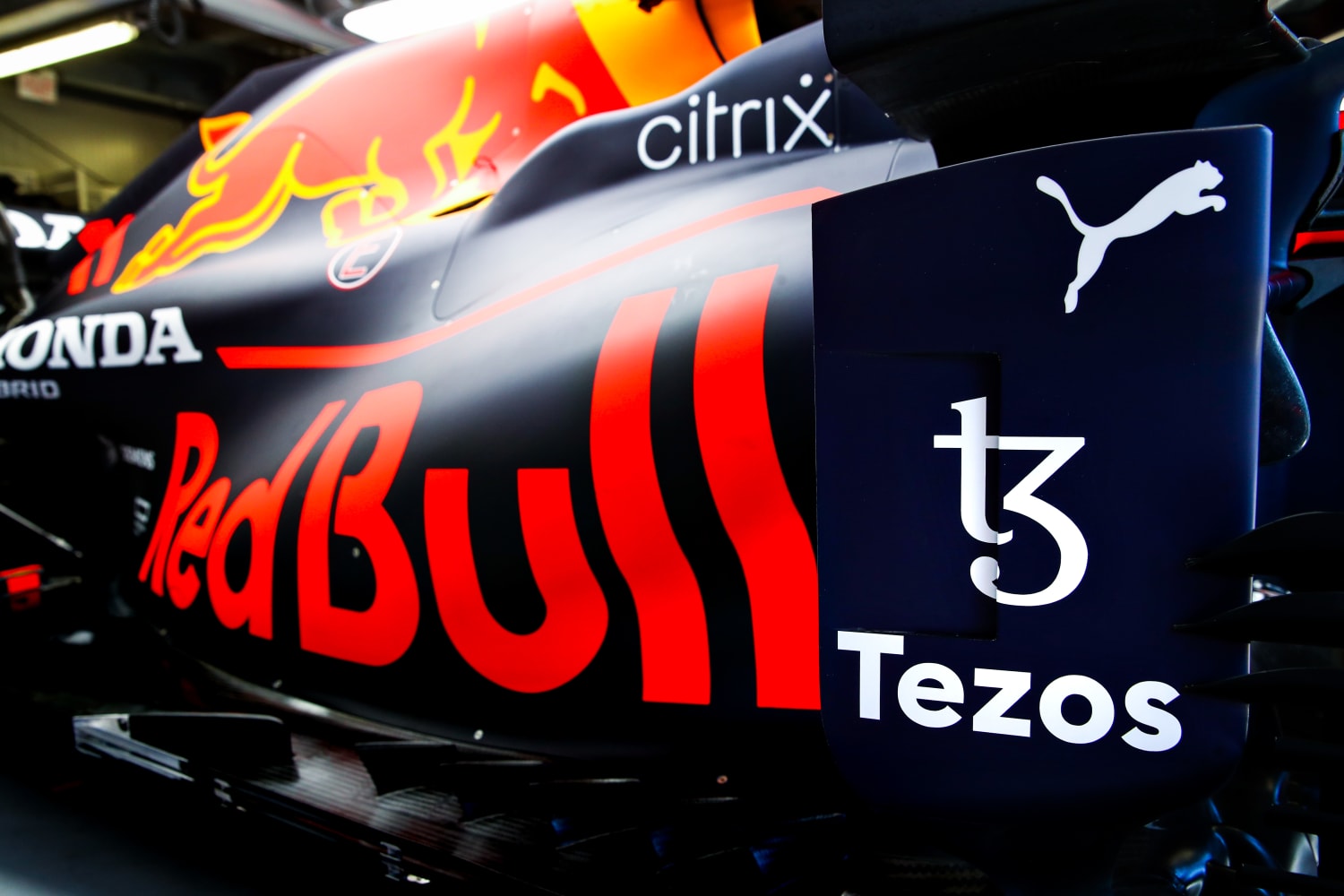Top 4 Times NFTs Proved To Be Good For The Environment
NFTs have a poor reputation when it comes to the environment, much of it unwarranted. Midway through 2022, at the height of the “NFTs are bad for the environment” craze, outlandish claims that a single blockchain transaction uses as much energy as a mid-sized house does in three days started to circulate on Twitter.
Such myths are starting to dissipate due to two factors. The first is an increasing understanding of blockchain technology and how the energy requirements of multiple chains fit into the bigger picture of industrially necessary human endeavours. The second is the Ethereum merger, which saw the second-largest blockchain dramatically cut its energy use by 99.5 per cent in September.
Web3 proponents aggressively use NFTs to benefit and improve the environment and make every effort to lessen the negative environmental effects of blockchain. But this is only one aspect of the situation. Here are four instances where NFTs positively impact the environment and the creatures who call them home.
WWF discontinues NFT collection to support dialogue initiatives.
The German World Wildlife Foundation launched Non-Fungible Animals in November 2021. This NFT collection aims to raise money to prevent the extinction of critically endangered species. The collection highlights ten endangered animals, including the Persian leopard, mountain gorilla, Amur tiger, gigantic ibis, and the smallest whale species in the world, the vaquita.
Don’t pass on the opportunity to help an endangered species come back from the brink of extinction because some of the collection’s NFTs (like the vaquita) are sold out. The WWF set the number of editions for each animal’s NFT at roughly how many of each species still live in the wild when it was released on the Polygon blockchain. In the case of the vaquita, that number is only 22. A different artist made each animal’s NFT, and the collection includes pieces by Bosslogic, Anna Rupprecht, Etienne Kiefer, and others. The charity has already received more than €270,000 from the drop.
Also, read – Top 7 Most Popular NFT Assets In Crypto Market
African land degradation reduction
The Great NFTrees initiative was established by Kirck Allen, the creator of the Kaloscope metaverse platform, in the summer of 2021 to aid in the fight against land degradation on the African continent. Users will be able to purchase tree NFTs associated with geo-tagged locations of actual trees planted in Africa’s Great Green Wall when the project’s inaugural collection debuts. The wall, which intends to plant one trillion trees over an 8,000 km stretch of land in Africa, is the largest carbon capture project in the world.
NFTrees is taking the initiative to combat climate change by bringing verifiable carbon credits to the cryptocurrency space.
Join us on our journey to make the world a greener place!#NFTrees 🌳❤️
— NFTrees (@NFTrees_) June 11, 2021
An aerial picture of an area in Africa with wide-open grasslands and a lot of trees. The baobab, acacia, or shea NFTs in the Great NFTrees collection will all connect to a particular species of the Great Green Wall. Buyers will be able to display their digital assets in their Kaloscope metaverse area, which will be its own NFT, after acquiring an NFT. William Kwende was welcomed to the Kaloscope board as a Strategic Sustainability Advisor earlier this year. Kwende is well-known in the sustainability community for founding Agritech in 2005, a business that aims to achieve sustainable development objectives through educating farmers in the Sahel region of West Africa. Kwende is also in charge of the World Economic Forum and the UN project known as the Great Green Wall.
Kaleidoscope intends to offer a range of cryptocurrencies for collectors to use when buying NFTs. The Great NFTrees drop, which is expected to start active in 2023, will contribute 90% of its money to the Great Green Wall project. The remaining 10% will be used to pay for administrative expenses.
Saving species of animals from extinction
The Spix’s Macaw was the first species to go “unextinct” in the summer of 2022. On June 11, a group of the recognizable blue birds who had vanished from the wild and spent 22 years in rehabilitation in captivity were reintroduced into the woodlands of Brazil’s Bahia state. Photographer Tim Flach worked with Atlas Labs and the Association for the Conservation of Threatened Parrots (ACTP) on his first NFT project, Project Unextinct, a collection of pictures of the Spix’s Macaw, to commemorate this important period in animal conservation.
On Nifty Gateway, Flach and Atlas Labs dropped the collection. Three of the six prints were 1/1 NFTs that each fetched more than $22,000 at auction, and two additional editions of 10 brought in $300 and $450 each. One edition of 25 photographic NFTs is still available in the collection for $999 each. If you want to use Web3 to change the world, now is a fantastic moment to do it.
In support of the first reintroduction of a bird species that is extinct in the wild, I will be releasing a series of NFTs dropping on Nifty Gateway on June 11th. Spix’s Macaws will finally be coming home to Brazil. @niftygateway @atlaslabs_ @actparrots @ParrotProtect pic.twitter.com/GH1w1HJGPk
— Tim Flach (@TimFlach) June 7, 2022
Australia Zoo’s Steve Irwin introduces an NFT collection.
In order to commemorate the 20th anniversary of the Steve Irwin-founded conservation organization Wildlife Warriors with an NFT drop, the Australia Zoo teamed up with green NFT company Meadow Labs in June 2022.
Martin Kelly, co-founder and CEO of Meadow Labs, told nft now that the project’s inspiration “came from wanting to use NFTs for good.” The fact that the decline occurred on the first carbon-negative blockchain in the world, Algorand, emphasizes this objective. Meadow Labs promised to donate all primary sales to supporting The Australia Zoo and Wildlife Warriors. The Australia Zoo issued 2,000 Warrior Crocs tokens with prices starting at $50 AUD ($36.13 USD), some of which resembled members of the Irwin family. The release is the first of a planned five-part NFT animal collectables series that will also feature turtles, wombats, echidnas, and koalas.
Stay informed with daily updates from Blockchain Magazine on Google News. Click here to follow us and mark as favorite: [Blockchain Magazine on Google News].
Get Blockchain Insights In Inbox
Stay ahead of the curve with expert analysis and market updates.
latest from tech
Disclaimer: Any post shared by a third-party agency are sponsored and Blockchain Magazine has no views on any such posts. The views and opinions expressed in this post are those of the clients and do not necessarily reflect the official policy or position of Blockchain Magazine. The information provided in this post is for informational purposes only and should not be considered as financial, investment, or professional advice. Blockchain Magazine does not endorse or promote any specific products, services, or companies mentioned in this posts. Readers are encouraged to conduct their own research and consult with a qualified professional before making any financial decisions.

 Bitcoin
Bitcoin  Ethereum
Ethereum  XRP
XRP  Tether
Tether  Solana
Solana  Dogecoin
Dogecoin  USDC
USDC  Cardano
Cardano  Lido Staked Ether
Lido Staked Ether  TRON
TRON  Avalanche
Avalanche  Wrapped stETH
Wrapped stETH  Toncoin
Toncoin  Chainlink
Chainlink  Stellar
Stellar  Shiba Inu
Shiba Inu  Sui
Sui  Wrapped Bitcoin
Wrapped Bitcoin  Hedera
Hedera  Polkadot
Polkadot  WETH
WETH  Bitcoin Cash
Bitcoin Cash  Pepe
Pepe  Uniswap
Uniswap  LEO Token
LEO Token  Litecoin
Litecoin  Hyperliquid
Hyperliquid  Wrapped eETH
Wrapped eETH  NEAR Protocol
NEAR Protocol  Ethena USDe
Ethena USDe  USDS
USDS  Internet Computer
Internet Computer  Aptos
Aptos  Aave
Aave  Mantle
Mantle  Virtuals Protocol
Virtuals Protocol  Bittensor
Bittensor  Cronos
Cronos  POL (ex-MATIC)
POL (ex-MATIC)  Ethereum Classic
Ethereum Classic  Render
Render  MANTRA
MANTRA  Monero
Monero  Artificial Superintelligence Alliance
Artificial Superintelligence Alliance  Tokenize Xchange
Tokenize Xchange  WhiteBIT Coin
WhiteBIT Coin  Dai
Dai 



